A Spicy Dive into Spanish Paprika: Flavor, History & Tips for Every Cook
Table of Contents
- Introduction to Spanish Paprika
- Types of Spanish Paprika
- How to Use Spanish Paprika in Cooking
- Buying Guide for Spanish Paprika
- Pro Tips for Using Spanish Paprika
- Conclusion
Introduction to Spanish Paprika
Spanish paprika, or pimentón de la Vera, is more than just a spice—it's a flavor powerhouse that has been at the heart of Spanish cuisine for centuries. Made from dried and ground peppers, this vibrant red powder brings a rich, smoky, and slightly sweet taste to dishes that range from tapas to stews.
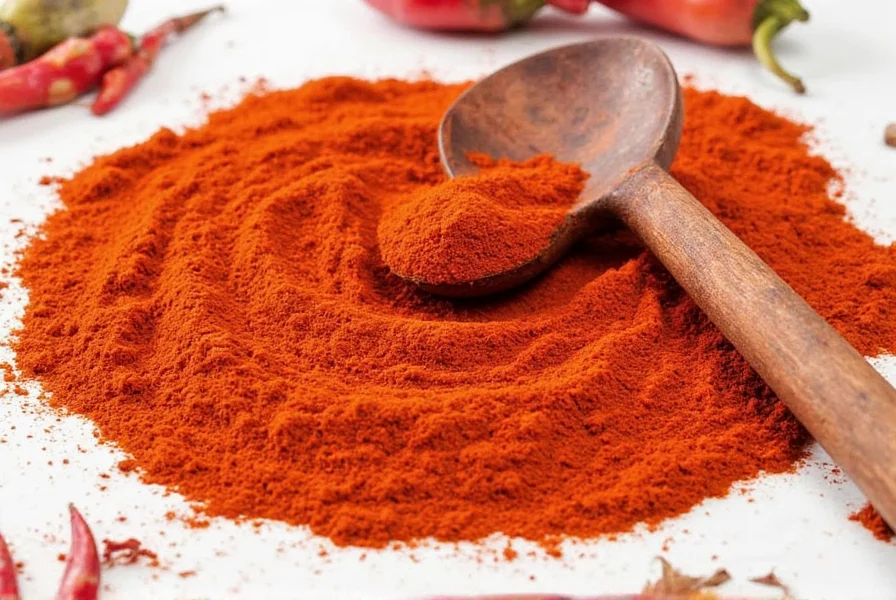
If you've ever tasted chorizo or paella, chances are you've already encountered the magic of Spanish paprika. But there's so much more to it than just being a seasoning—it's a cultural staple and a culinary gem.
Types of Spanish Paprika
Not all paprika is created equal. In Spain, there are several varieties, each with its own unique flavor profile and use:
- Pimentón Dulce (Sweet Paprika): Mild and slightly sweet, perfect for everyday cooking.
- Pimentón Picante (Hot Paprika): Adds a fiery kick, ideal for bold dishes like morcilla or spicy sausages.
- Pimentón Agridulce (Semi-Sweet): A balance between sweet and hot, great for enhancing sauces and marinades.
| Type | Flavor Profile | Best For |
|---|---|---|
| Pimentón Dulce | Mild, sweet | Paella, roasted vegetables, light stews |
| Pimentón Picante | Spicy, smoky | Chorizo, chorizo-based dishes, spicy sauces |
| Pimentón Agridulce | Semi-sweet, smoky | Marinades, sausages, tomato-based dishes |
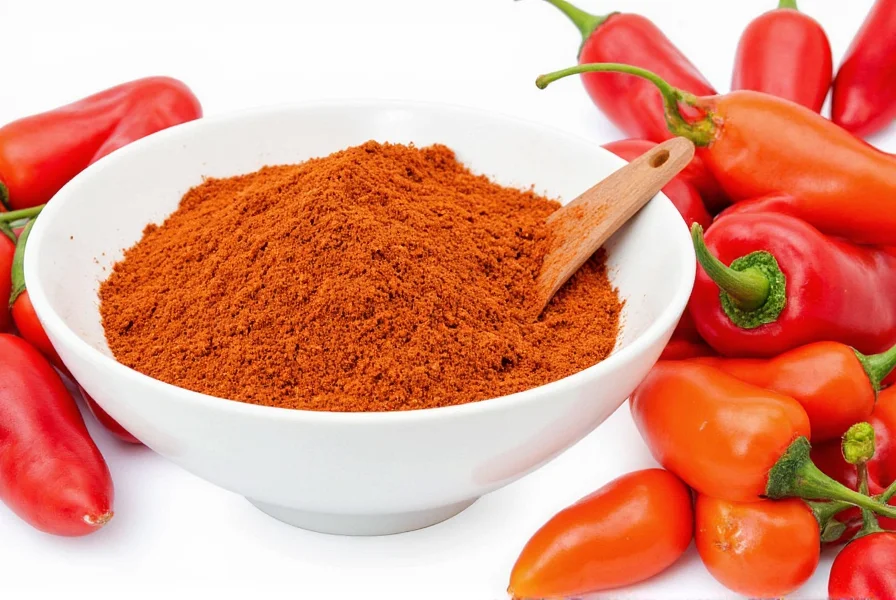
How to Use Spanish Paprika in Cooking
Spanish paprika is incredibly versatile. It can be used as a dry rub, mixed into sauces, or sprinkled on top of dishes for a final flourish. Here are some creative ways to incorporate it into your cooking:
- Roasted Vegetables: Toss bell peppers, carrots, or eggplant with a bit of paprika before roasting for a deep, smoky flavor.
- Stews and Soups: Add a pinch of paprika to soups like gazpacho or caldo to enhance the richness and color.
- Meat Dishes: Use paprika in marinades for chicken, pork, or lamb to give them a signature Spanish twist.
- Tapas and Appetizers: Sprinkle it over olives, cheeses, or crostini for an extra layer of flavor.
- Seafood Dishes: Try adding a touch of paprika to seafood paella or grilled fish for depth and warmth.
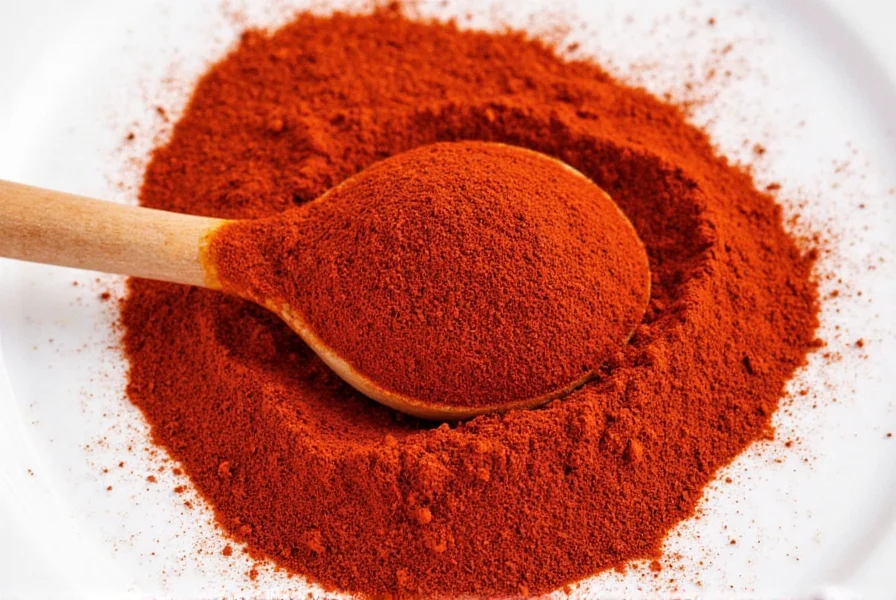
Buying Guide for Spanish Paprika
Choosing the right paprika can make all the difference in your dish. Here’s what to look for when purchasing:
- Origin: Look for pimentón de la Vera, which is considered the highest quality and most authentic type of Spanish paprika.
- Texture: The best paprika should have a fine, even texture—avoid anything that feels gritty or lumpy.
- Color: Vibrant red is a good sign of quality. If it looks dull or faded, it might be old or low-quality.
- Smell: Fresh paprika should have a strong, smoky aroma. If it smells stale or bland, it may not be worth buying.
Some popular brands include Bodegas San Gregorio, La Tienda del Pimentón, and Casa Aranda. These brands offer high-quality paprika that is perfect for both home cooks and professional chefs.
| Brand | Features | Use Cases | Target Audience | Suitable Occasions |
|---|---|---|---|---|
| Bodegas San Gregorio | Authentic, organic, traditional production | General cooking, paella, stews | Cooking enthusiasts, chefs | Dinner parties, family meals |
| La Tienda del Pimentón | High quality, available in different heat levels | Marinades, sauces, grilled meats | Home cooks, foodies | Weekend barbecues, special occasions |
| Casa Aranda | Smoky, rich flavor, premium brand | Gourmet dishes, tapas, gourmet cooking | Professional chefs, connoisseurs | Gastronomic events, fine dining |
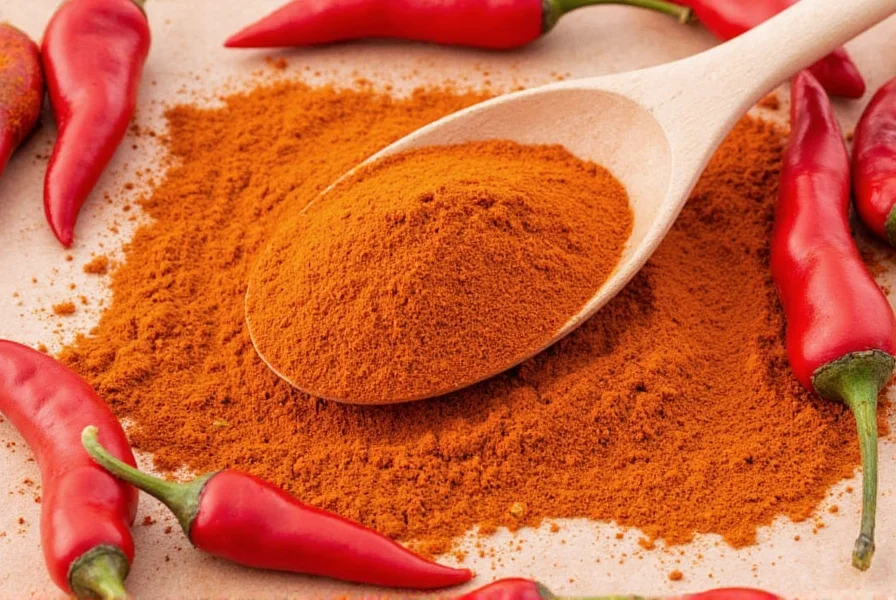
Pro Tips for Using Spanish Paprika
Here are some expert tips to help you get the most out of your Spanish paprika:
- Start Small: Paprika is powerful—use it sparingly at first and adjust to your taste.
- Toast It: To bring out the smokiness, try toasting the paprika in a dry pan before using it.
- Pair It Right: Combine it with garlic, olive oil, or citrus for a balanced flavor profile.
- Store It Properly: Keep paprika in an airtight container away from light and moisture to preserve its potency.
- Experiment: Don’t be afraid to mix it with other spices like cumin or chili powder for unique flavor combinations.
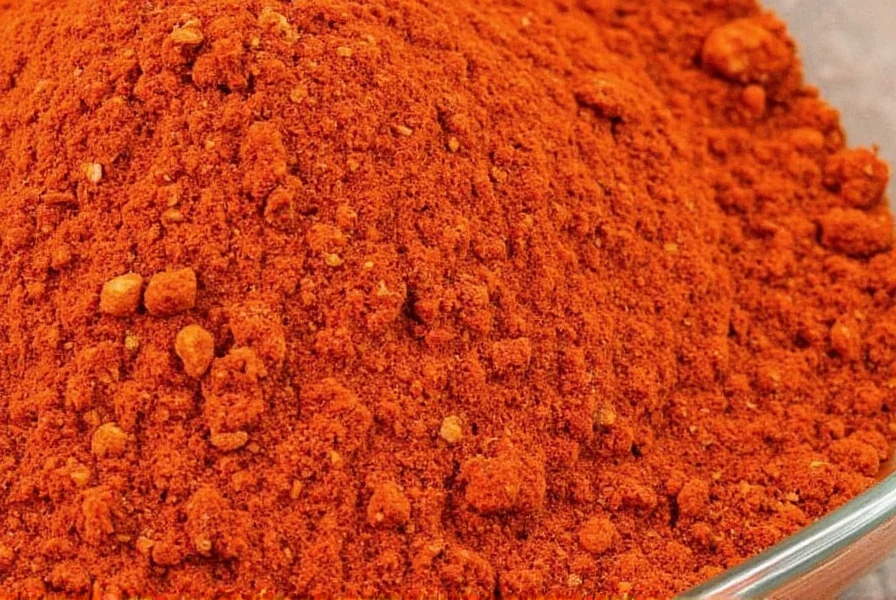
Conclusion
Spanish paprika is more than just a spice—it's a symbol of tradition, flavor, and culture. Whether you're a seasoned chef or a curious home cook, understanding the different types and how to use them can elevate your dishes to new heights. From the mild sweetness of pimentón dulce to the fiery punch of picante, there's a paprika for every palate and occasion.
As the saying goes, “El pimentón es el alma de la cocina española” — “Paprika is the soul of Spanish cuisine.” So next time you reach for a spice, consider reaching for a pinch of Spanish paprika and let its rich, smoky essence transform your meal.
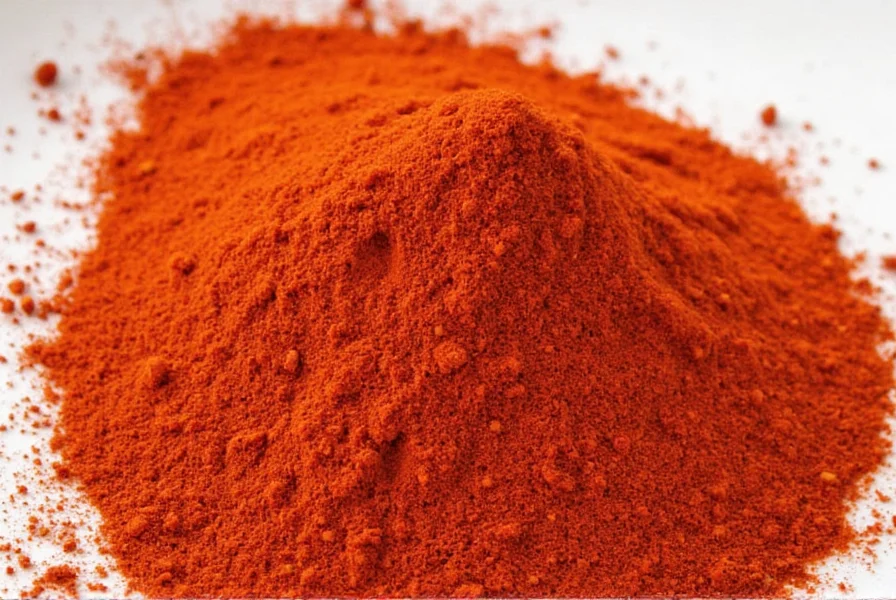











 浙公网安备
33010002000092号
浙公网安备
33010002000092号 浙B2-20120091-4
浙B2-20120091-4